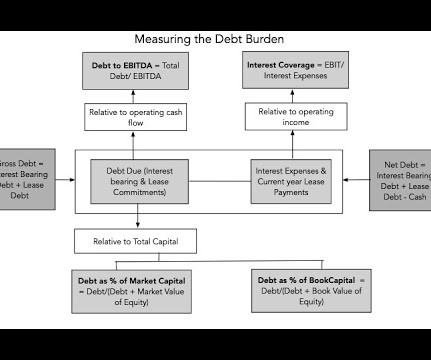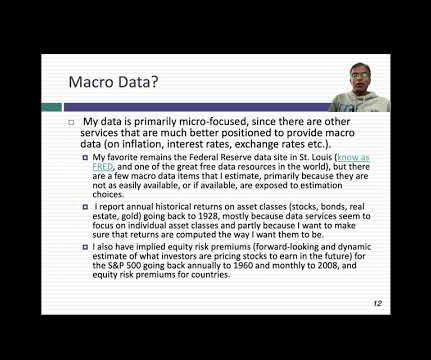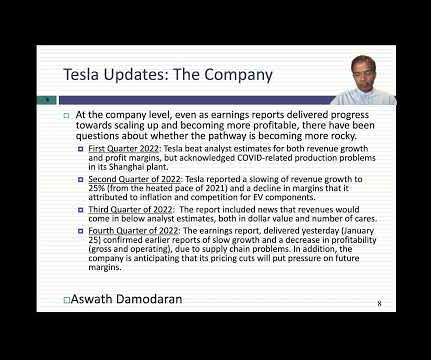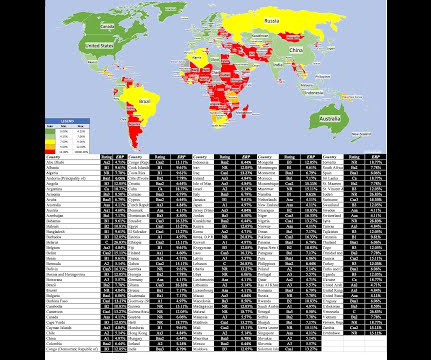Data Update 8 for 2025: Debt, Taxes and Default - An Unholy Trifecta!
Musings on Markets
FEBRUARY 23, 2025
It was only in 2019 that the accounting rule-writers (IFRS and GAAP) finally did the right thing, albeit with a myriad of rules and exceptions. In the table below, I look at debt to EBITDA and interest coverage ratios, by region and sector: The results in this table largely reaffirm our findings with the debt to capital ratio.











Let's personalize your content